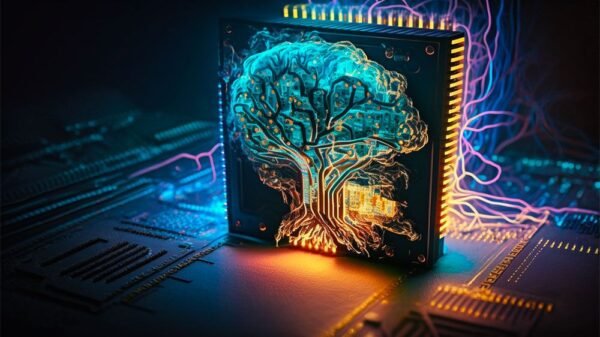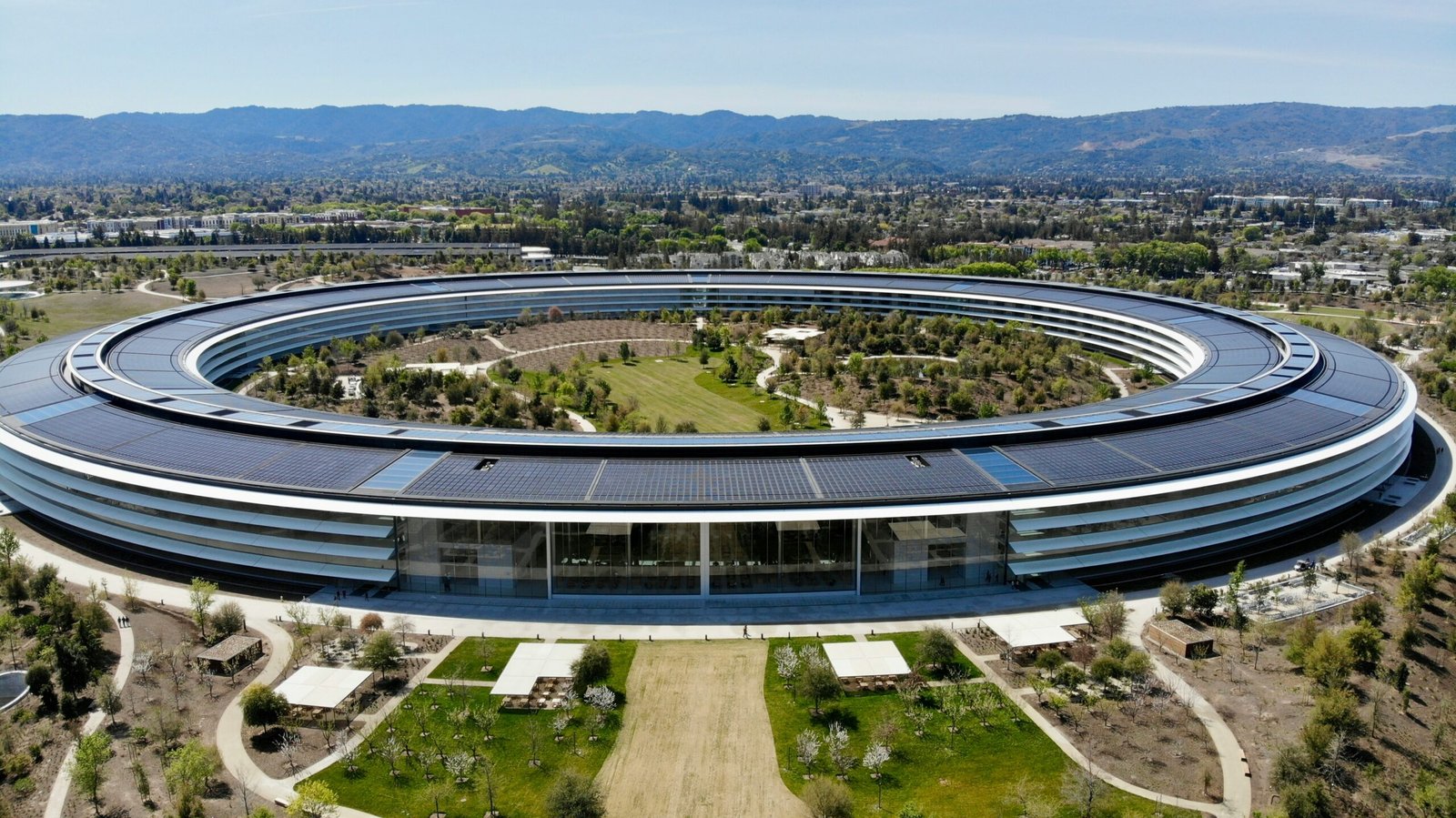Neuromorphic Computing: Mimicking the Brain for the Future of AI
What Is Neuromorphic Computing?
Neuromorphic computing is a revolutionary approach in computer science that aims to mimic the structure and functioning of the human brain. Unlike traditional von Neumann architecture, which separates memory and processing, neuromorphic systems integrate the two, enabling faster and more efficient data handling. These chips use artificial neurons and synapses to replicate brain-like processes, offering low-latency, real-time computation.
Brain-Inspired Architecture for AI
Traditional AI models rely on large datasets and powerful processors to train deep learning algorithms. Neuromorphic chips, on the other hand, emulate neural activity, allowing for event-driven computation and learning capabilities similar to biological brains. This architecture is particularly suited for tasks requiring real-time responses, such as visual recognition, motion tracking, and speech processing.
Energy Efficiency and Speed
One of the most significant advantages of neuromorphic computing is its remarkable energy efficiency. The human brain consumes about 20 watts of power to perform tasks that today’s supercomputers struggle with. Neuromorphic chips aim to achieve similar performance levels at a fraction of the energy cost, making them ideal for battery-powered and mobile AI applications. Their ability to process information asynchronously further reduces energy usage compared to synchronized, clock-driven traditional processors.
Neuromorphic Chips in Development
Several leading tech companies and research institutions are investing in neuromorphic chips. Intel’s Loihi, IBM’s TrueNorth, and BrainChip’s Akida are at the forefront of this innovation. These chips feature thousands to millions of spiking neurons, enabling them to learn on the fly and adapt to new information. Unlike conventional AI that requires cloud connectivity and extensive retraining, neuromorphic chips can self-learn in real-world environments.
Applications in Robotics
Neuromorphic computing is transforming robotics by enabling adaptive and responsive machines. Robots powered by these chips can process sensor data in real time and make context-aware decisions, even in unpredictable environments. For example, a robot navigating through a cluttered space can use neuromorphic processing to avoid obstacles, identify paths, and respond to stimuli with brain-like efficiency and minimal latency.
Enhancing Autonomous Vehicles
Autonomous vehicles require split-second decision-making capabilities. Neuromorphic chips provide the ultra-fast, low-power processing needed to interpret sensor input from cameras, radar, and LiDAR systems. These chips can detect changes in road conditions, obstacles, or traffic signals and respond faster than traditional AI systems, which rely on cloud-based computations. This could dramatically increase safety and reliability on the roads.
Edge AI and IoT Integration
As edge computing grows, the demand for AI models that can run locally on devices without constant cloud access is increasing. Neuromorphic chips are ideal for IoT devices and edge AI, as they offer lightweight, low-power AI processing. Devices like smart sensors, security cameras, and wearable tech can benefit from real-time analysis and decision-making without heavy computational loads or power drains.
Advancements in Medical Technology
In the medical field, neuromorphic computing is showing promise in applications like brain-machine interfaces (BMIs) and prosthetics. These chips can process neural signals and translate them into movement or control commands, helping restore mobility or communication to patients with neurological conditions. They are also being used to develop advanced diagnostic tools that mimic cognitive reasoning to detect diseases early.
Real-Time Sensory Processing
Neuromorphic systems excel in processing multi-modal sensory inputs—combining vision, sound, and motion data in real time. This is particularly useful in surveillance, industrial automation, and interactive systems like AR/VR, where rapid sensory interpretation is critical. The chips mirror human reflexes, offering intuitive user experiences and fast system reactions.
Spiking Neural Networks (SNNs)
At the core of neuromorphic systems are spiking neural networks, which simulate the way biological neurons transmit signals through discrete spikes. SNNs are not only more biologically accurate but also more computationally efficient than traditional neural networks. They allow for sparse, time-sensitive data processing, which enhances performance for temporal and sequential tasks.
Challenges in Development
Despite its promise, neuromorphic computing faces several challenges. Developing compatible software and programming models remains a hurdle, as most existing AI tools are built for traditional hardware. Furthermore, training spiking neural networks is not yet as mature or widely adopted as conventional deep learning models. Continued research and investment are needed to overcome these barriers.
Collaborative Efforts Across Industries
Tech giants, universities, and startups are working together to accelerate the development of neuromorphic systems. Initiatives like the Human Brain Project in Europe and DARPA’s Microsystems Technology Office in the U.S. are helping to fund and guide research that bridges neuroscience and computing.
Impact on AI Development
Neuromorphic computing may redefine how AI is created and deployed. With its ability to perform complex computations at the edge, these systems enable autonomous learning and cognitive computing in ways that are not feasible with current models. This could spark a new wave of intelligent systems, from personal assistants to industrial controllers.
Sustainability and Green Computing
As the world pushes for sustainable technologies, neuromorphic computing offers a path to green AI. These systems significantly reduce energy consumption and hardware demands, aligning with the environmental goals of many organizations and governments looking to shrink their digital carbon footprint.
Conclusion: A Brain-Inspired Leap Forward
Neuromorphic computing is still emerging, but its potential to revolutionize AI processing is immense. From enabling smarter machines to facilitating sustainable edge computing, these brain-inspired systems represent a bold step toward more efficient, adaptive, and intelligent technology. As hardware and software mature, neuromorphic systems are set to play a key role in the future of artificial intelligence and real-time decision-making.
































